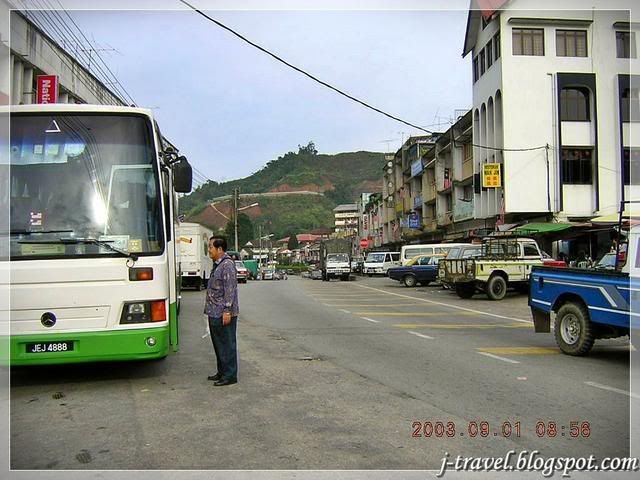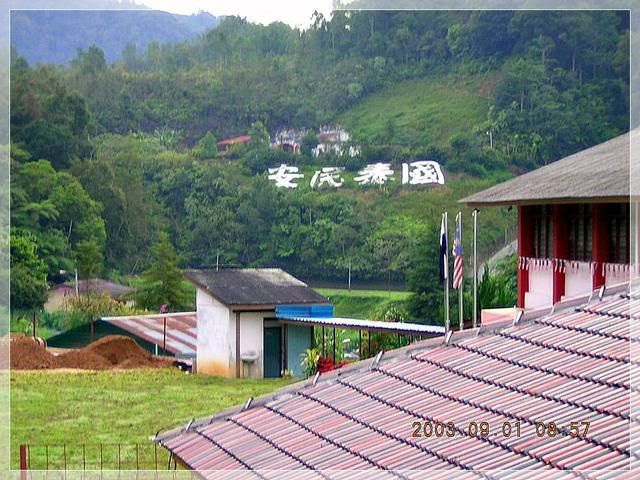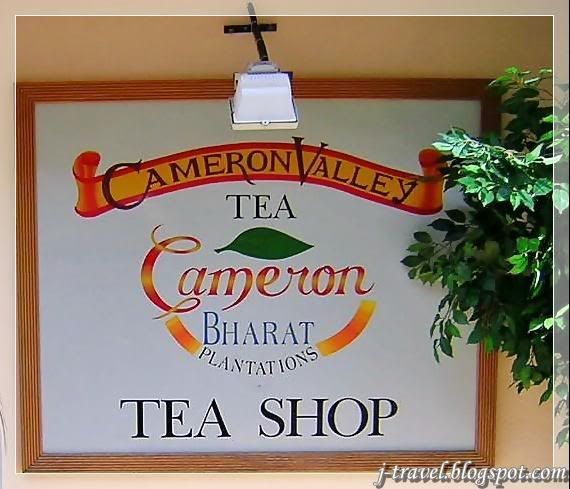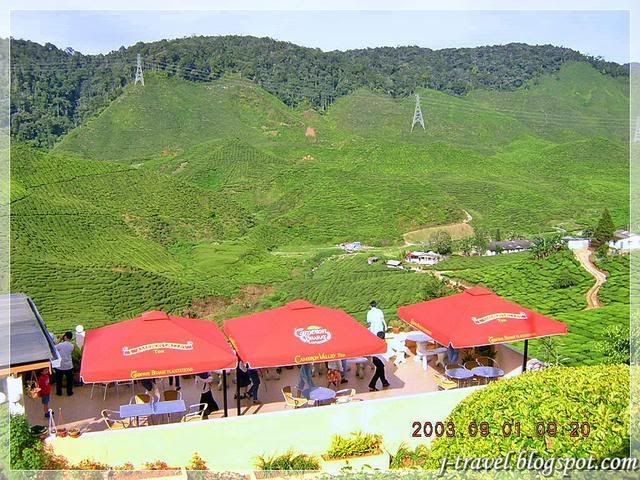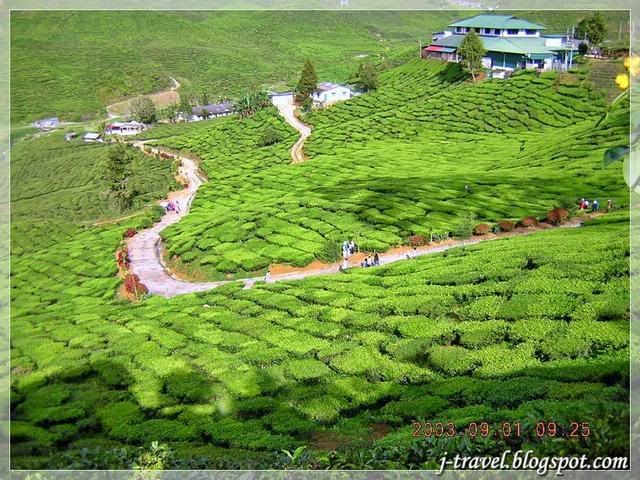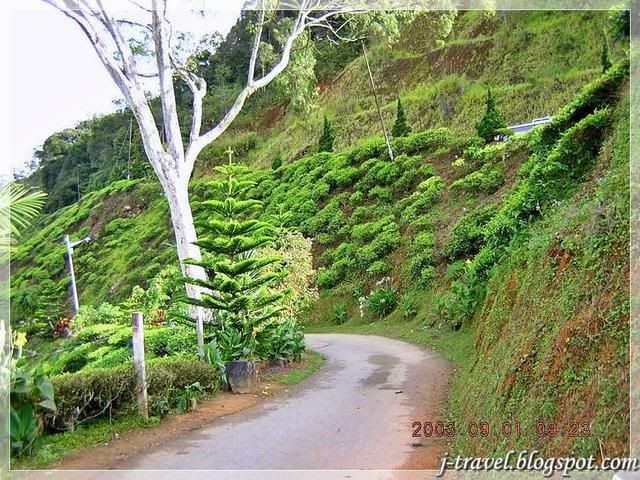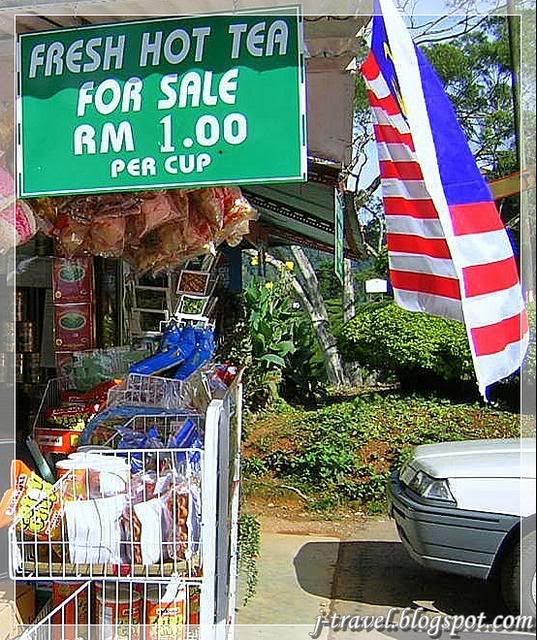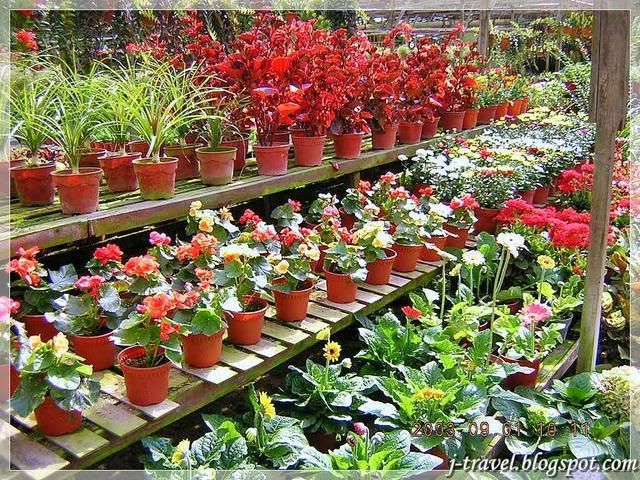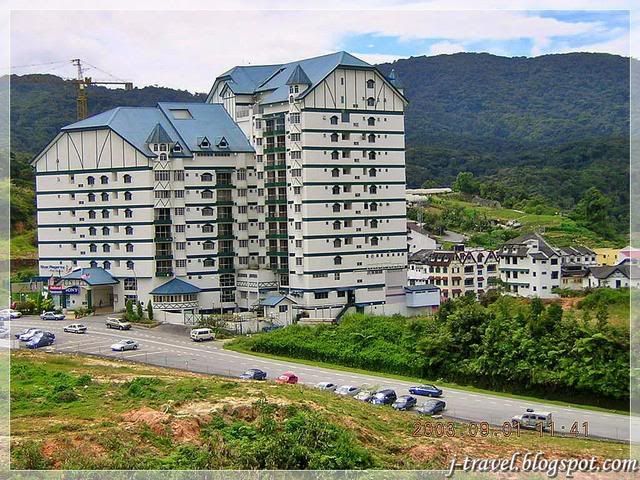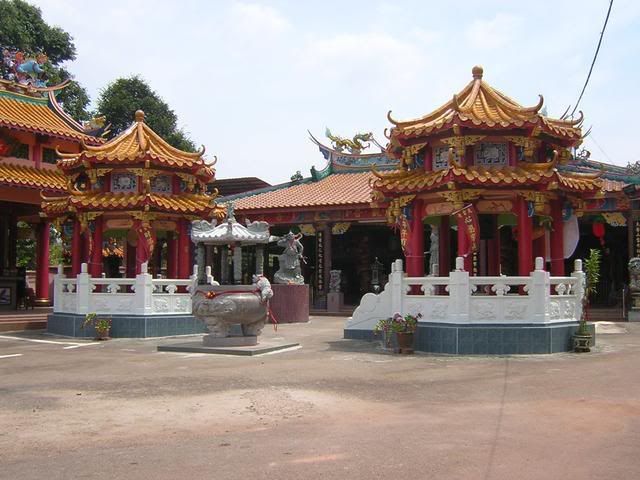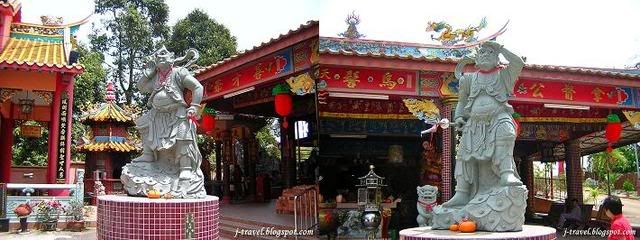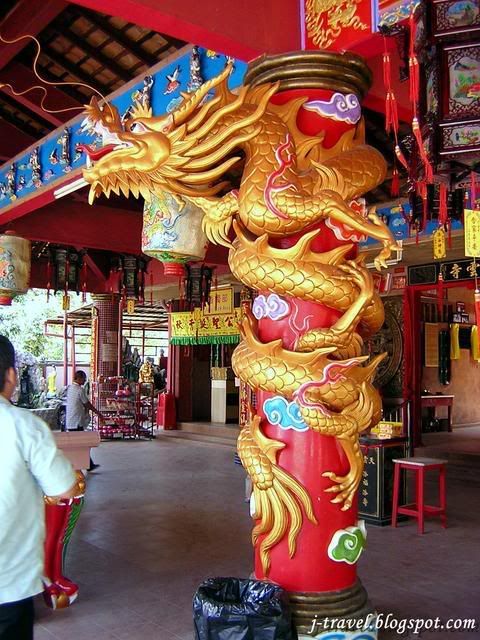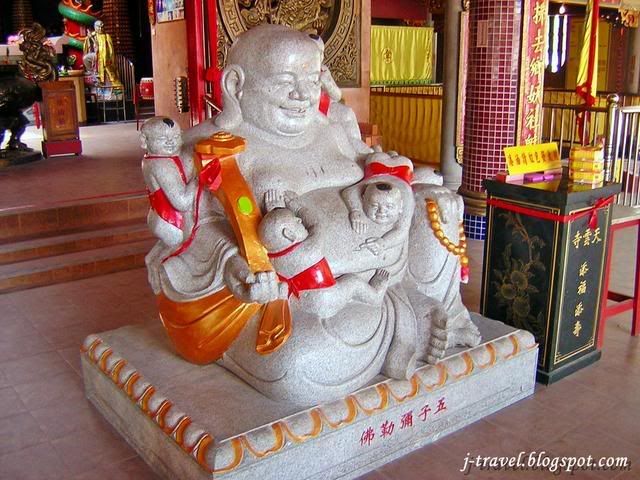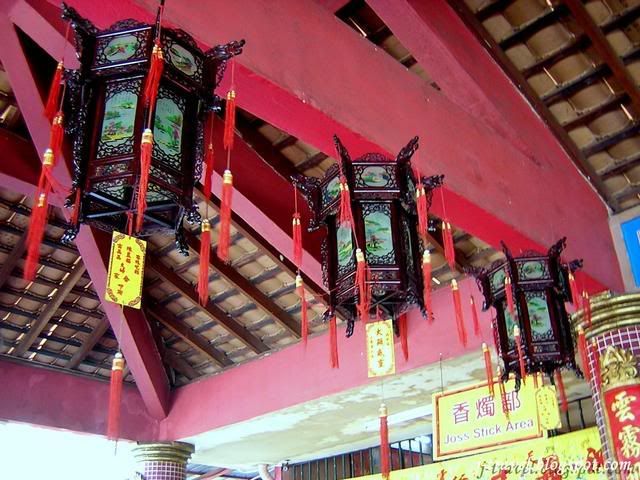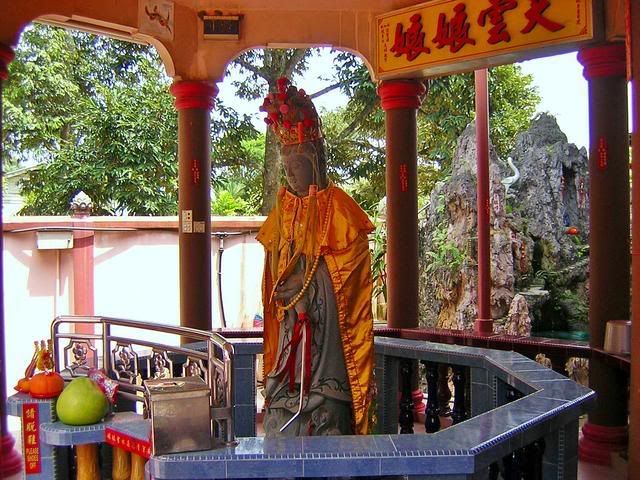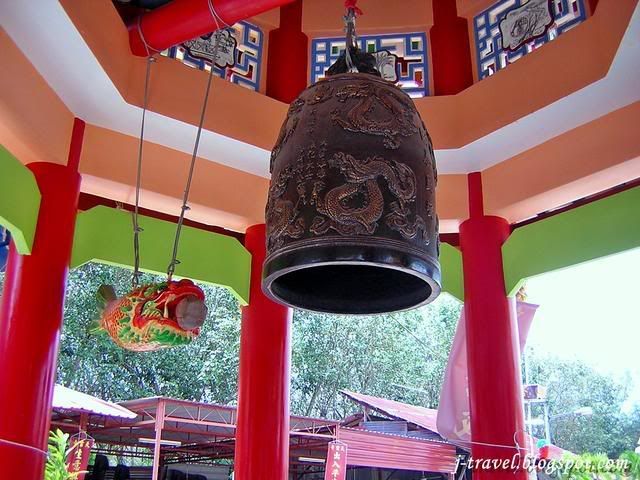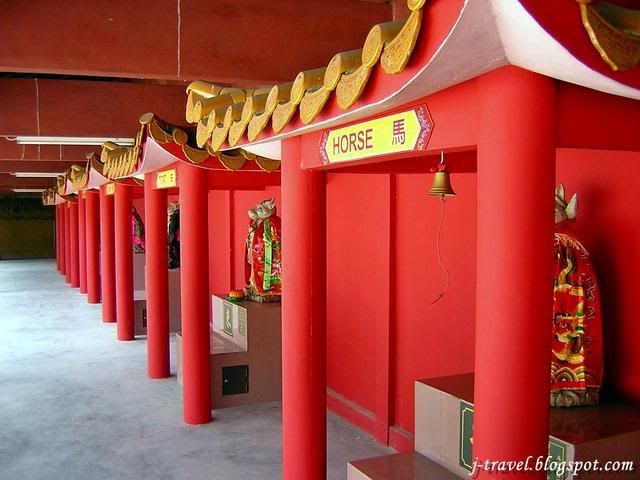 I know. I haven't been ranting for a while, and some of my readers tell me they miss my acerbic diatribes. I haven't mellowed at all, it's just that I didn't have much to rant (at least of relevance to this blog) about...however, before I lose my so-called acerbic trademark, here's my position about what gets on my blog and what doesn't.
I know. I haven't been ranting for a while, and some of my readers tell me they miss my acerbic diatribes. I haven't mellowed at all, it's just that I didn't have much to rant (at least of relevance to this blog) about...however, before I lose my so-called acerbic trademark, here's my position about what gets on my blog and what doesn't.By the way, at the Foundry Photojournalism Workshop in Mexico City which had over 160 attendees, I was taken aback by the surprisingly large number of photographer/photojournalists (famous and emerging) who knew of The Travel Photographer blog and of my photography. This proves to me two major facts: the power of blogging and the power of branding about this earlier on TTP (I've posted about this earlier on TTP here).
But I digress. Here are the general terms of acceptance that cover what kind of photographic work is, and will be, posted on The Travel Photographer. Firstly, this blog is ad-free, and as I'm not beholden to anyone (corporate or individual), I only post what I like. This is also known as editorial privilege...and it's what counts. There are thousands of blogs dealing with photography and some are much better than mine, so photographers can pick and choose.
My preferences are too many to list, but photo essays/stories, in multimedia or stills, appeal to me a great deal. Work by emerging photographers are always welcome, provided it deals with travel (non stock stuff) and editorial. Particularly interesting is photography that can be described as ethnographic, and deals with religious or secular rituals, tribal cultures, among others. I have a hard time with websites that have dinky photographs, but if the subject matter is really interesting, you're in. If you're a photographer with a travel portfolio better destined to the pages of Travel & Leisure magazine, you don't need this blog.
In terms of geographic preferences, while my own photography is biased towards Asian and South Asian cultures, it doesn't mean that this is true for what gets on my blog. I'm not that interested in what is generally defined as "Western" photo projects...so projects of European and/or North American provenance don't really excite me that much. On the other hand, photographic work by emerging photographers from South Asia, Asia, the Middle East, Africa and South America are especially welcome....but please, have functioning websites.
If you want to know what photography work turns me on, drop by my website or if you have the time, explore this blog. You'll know.





